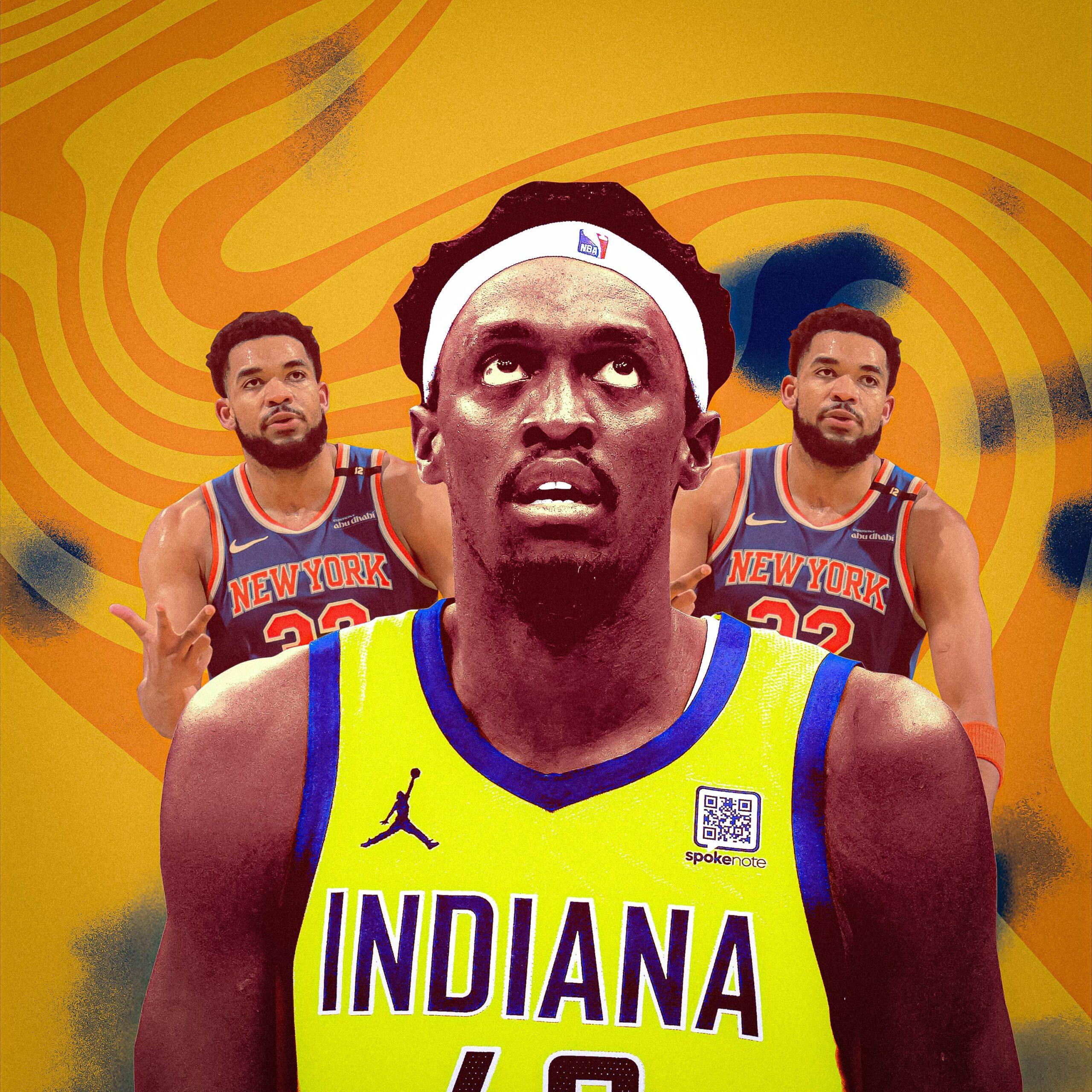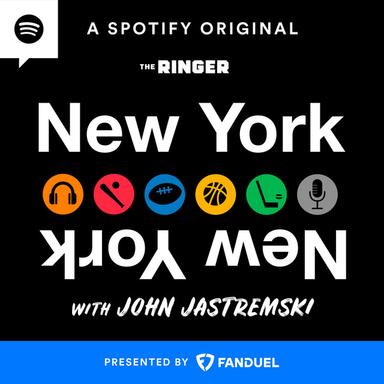
The Eastern Conference finals have been a tale of heartbreak and heroism so far. After three games, the Indiana Pacers and New York Knicks should both feel like they’re one win away from the NBA Finals. Both have blown leads. Both have made steely comebacks. Both have been punched in the stomach. Indiana leads 2-1, but has outscored New York by only two points over three games. It’s been a tense, baffling, extremely fun series that will hopefully go the distance.
Before we look ahead, though, Game 3 on Sunday was pure pain for the Pacers. How did they lose? The actual answer to this rhetorical question is they finished 5-for-25 behind the 3-point line, watched Aaron Nesmith go down with a nasty ankle sprain, and thought Tony Bradley could guard Karl-Anthony Towns one-on-one in the fourth quarter. But seriously, how did the Pacers lose?
With 3:20 left in the second quarter, a fast-break dunk by Tyrese Haliburton pushed Indy’s lead to 20 points. About two minutes later, Jalen Brunson picked up his fourth foul after closing out a smidge too hard on Andrew Nembhard. There was a lifetime left on the clock, but, in the moment, New York was spiraling. Towns had four points and was battling his own foul trouble, while Tom Thibodeau appeared to stage a protest against the general public’s outcry for more creativity and leeway with his rotation, subbing Landry Shamet and Delon Wright into the game and then letting them play a combined 25 minutes.
(The much-ballyhooed decision to start Mitchell Robinson over Josh Hart was hardly significant. That five-man unit finished plus-1 in nearly 15 minutes and Robinson did not check into the game in the fourth quarter until there were 37 seconds remaining.)
Much like the succession of seemingly inconceivable events that cleared Indiana’s path for a surreal comeback in Game 1, it took some weird stuff to happen for New York to escape Gainbridge Fieldhouse with a win. Brunson’s entire night was a nightmare. He finished with 23 points but was 6-for-18 from the floor, with three turnovers and one assist, playing some of the worst defense you’ll see from a great player in a big game.
Indy built its lead going at him repeatedly in various ways. The Pacers were smart about finding Brunson whenever he was crossmatched in transition or after the scramble from an offensive rebound. They used whoever he was guarding to set ball screens and were extremely pleased whenever he switched. It was the gift that kept on giving:
Indiana got creative in finding ways to punish Brunson. The play below was a gem by Haliburton, who first has Nesmith set a ball screen and then pop out to the top of the key. As soon as Hali sees that Mikal Bridges isn’t switching onto Nesmith, he swings him the ball, as Bradley sets a little flare screen to disrupt Brunson’s closeout:
Full disclosure: It got so bad Sunday that I was fully prepared to write about Brunson’s defense after this game. In these playoffs, Brunson ranks first in offensive estimated plus-minus and literally dead last in defensive estimated plus-minus (147th out of 147 players). It would have been a harsh reality to watch Brunson, the player who carried the Knicks this far, become the reason the team falls short of true championship contention in an immutable way. But alas, in a twist, the Knicks won Game 3 largely because of Thibodeau’s decision to sit Brunson—while he had five fouls—for all but three minutes in the fourth quarter.
They also won because Towns realized that nobody on the Pacers can guard him, while the Pacers failed to send more aggressive help when Myles Turner or Bradley had the assignment. KAT had 20 points, eight rebounds, and just one foul in the fourth quarter. His true shooting was 85.9 percent and his usage rate was 48.1. This is someone who just made an All-NBA team and finished Game 1 with 35 points on 17 shots. Why are the Pacers not helping Turner on this drive below, with T.J. McConnell guarding Wright and Pascal Siakam on Hart?
In this series, Towns has been too quick for Indiana’s centers and too strong for its forwards. That doesn’t mean the Pacers are out of options, though. Expect more double-teams and different matchups going forward, along with better recognition of where he is in transition, particularly trailing for 3s. In Round 2, the Celtics had success limiting Towns from behind the arc by switching every ball screen and taking away his pick-and-pop opportunities. That’s a lot harder to pull off if Turner is his primary defender.
KAT’s last 3 of the game actually came off an inverted screen set by Deuce McBride (who was made of nails in Game 3). Instead of an immediate switch, Siakam and Turner just kind of forgot to execute a coverage:
The Pacers should still feel pretty good about where they are in this series, but instead of celebrating a 3-0 lead and relishing the chance to sweep New York, they now have an incredibly important, utterly unpredictable Game 4 on their hands. Several adjustments will be made on both sides and it’s unclear who will actually take the floor when it matters on either team. (Bennedict Mathurin looks unplayable, which means he’ll score 32 points on Tuesday.) Even if we feel pretty confident about some trends carrying over throughout the series, it’s unclear whether any actually will.
The playoffs are all about exposure. After three games, the Knicks and Pacers have both done a pretty good job of identifying each other’s more vulnerable spots and then applying as much pressure as they can. Time will tell which side will relent first. What a series.





